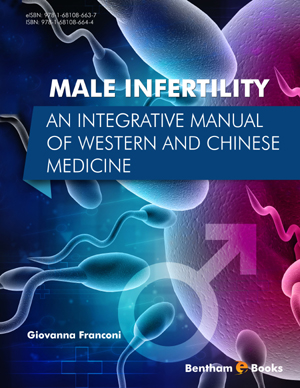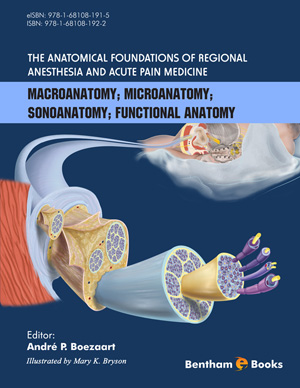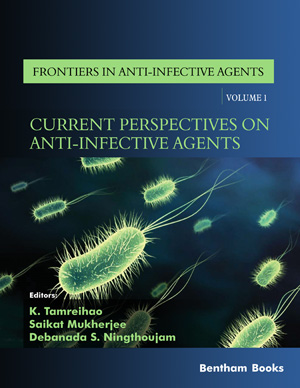Abstract
Infectious skin diseases caused either by bacteria, fungi or viruses, account for an important burden in dermatology practice. The number is increasing due to higher percentage of immunocompromised patients. Although in many instances they can be successfully treated with topical agents, sometimes systemic antimicrobial agents are indicated. This occurs in extensive or complicated skin and soft tissue infections, tinea capitis, onychomycosis, genital herpes or herpes zoster. Besides, some antibacterial agents have been shown to have antiinflammatory properties and they have been successfully used for the treatment of noninfectious skin diseases.
New drugs are continuously developing due to increasing multi-drugs resistant microorganisms, especially in the context of immunocompromised patients. Appropriate antimicrobial selection requires the consideration of multiple factors, including conditions of the host, the disease and the drug. Clinicians should know the properties, indications and adverse events related to the old and new antimicrobial agents in order to choose the correct option.This chapter summarizes the characteristics of systemic antimicrobial agents commonly used in dermatology.
Keywords: Anti-infective agents, antibacterial agents, antifungal agents, antiparasitic agents, antiviral agents, antitreponemal agents, antitubercular agents, leprostatic agents, administration, oral, infusions, parenteral, skin and connective tissue diseases, skin.






















